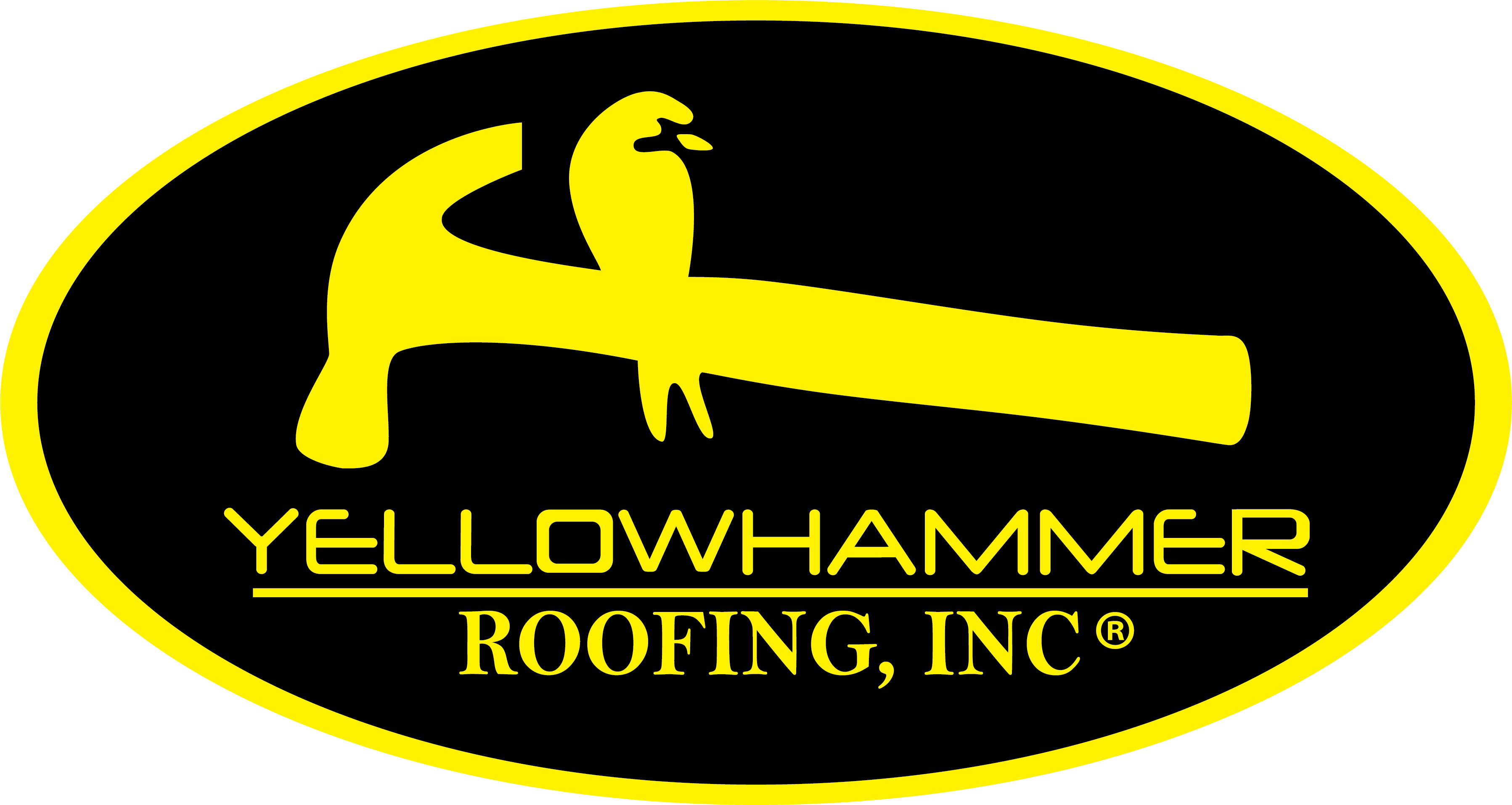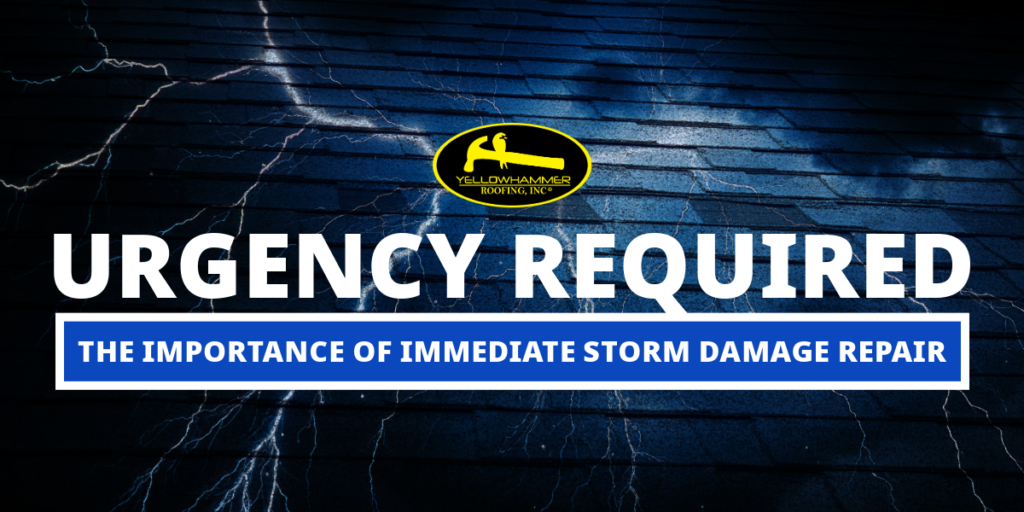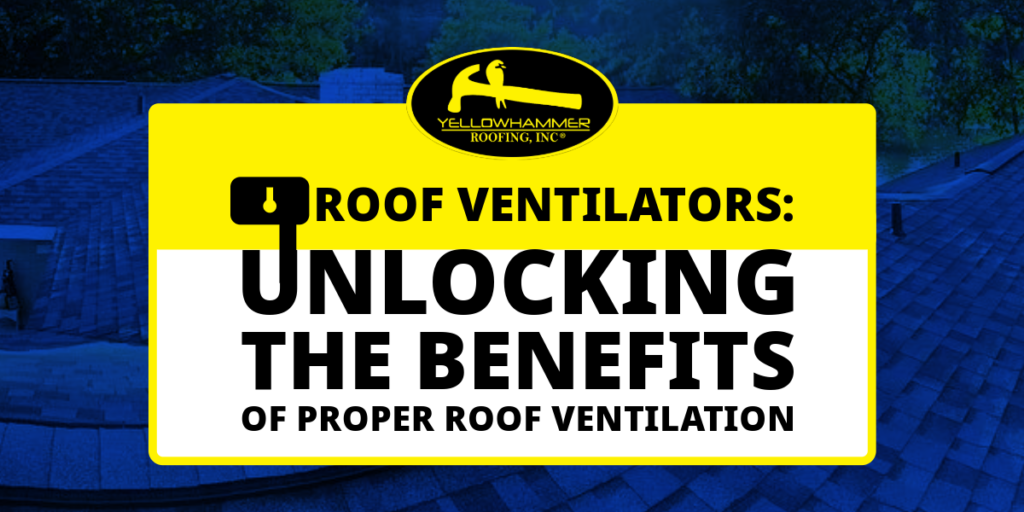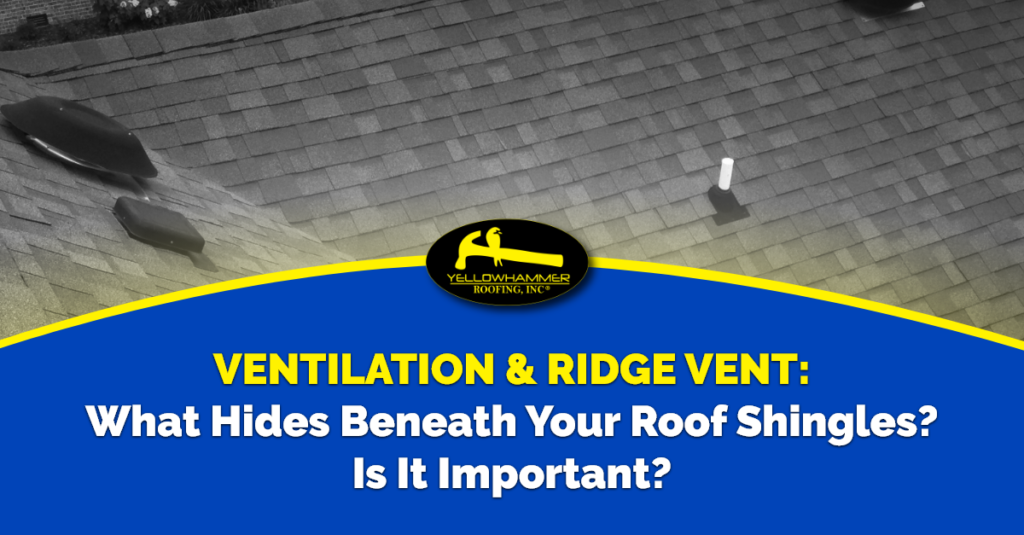Your roof shingles are just one part of your home’s roofing system. Underneath the roof covering are other components that work in tandem to withstand the forces of nature while helping you control temperature and humidity levels inside. One great example here is insulation.
Understanding what roof insulation is and how it works will help you decide on the best insulation for your home.
What is Roof Insulation and How Does it Work?
Insulation is a material laid between the rafters and joists. It provides a barrier between your home’s interior and the significantly different temperatures outside. Proper roof/attic insulation helps reduce heat gain and heat loss.
Heat naturally flows in one direction: from warm areas to cool areas. This means that heat will flow from the warm outdoors to your air-conditioned living space in summer. On winter days, heated air from your home will rise to the attic and flow to the cold outdoors.
Insulation fills in empty spaces in the attic, slowing down heat flow between the interior and exterior of your home. Less heat will leave your home in cool months, and less heat will enter during warm months.
Benefits of Roof Insulation
Adequate roof insulation is good for your home, budget, and the planet.
- Conserves energy: Quality roof insulation prevents the transfer of air from outside. This means you don’t have to crank your furnace during those chilly winter months or your air conditioner on those hot summer days. The resistance to air transfer makes maintaining your home’s temperature affordable.
- More consistent temperature: Attic insulation helps maintain conditioned air in the home instead of letting it escape through your ceilings.
- Longer life for your HVAC appliances: Your HVAC units may last longer as they won’t have to work extra hard to keep up with heat loss or heat gain.
- Prevents ice dams: Ice dams can compromise your roof’s performance and shingle life. Adequate insulation and proper ventilation can help prevent their formation.
- Extends shingle life: Proper attic insulation ensures your roof covering is not exposed to ice or extreme temperature fluctuations.
- Prevents interstitial condensation: Proper insulation reduces the risk of condensation between the layers of your roof.
- Soundproofing: Proper insulation can minimize sound transmission from outside to your home’s living space.
- Prevents gutter damage: Without attic insulation, your roof deck experiences intense temperature changes, which may cause it to expand and contract faster. This can loosen gutter fasteners over time.
Understanding R-Value for Roof Insulation
The type of insulation better suited to your attic depends on its R-value. R-Value measures the material’s ability to resist heat flow. The insulation’s type, density, and thickness will determine its insulation R-Value.
Measured per inch of thickness, R-values range from 2.0 to 8.0. The higher the number, the more effective the insulation is at increasing thermal efficiency.
The recommended R-value for your home depends on your local climate, the house’s age, and the attic’s size.
Types of Attic Insulation
Batts and Rolls
Batts and rolls are also called blanket insulation because they look like thick blankets. They are primarily made from fiberglass but may contain mineral wool, plastic fibers, natural fibers, cotton, or rockwool. Batts and rolls are thick squares precut to fit attic trusses and rafters.
Blanket insulation has an R-value between R-2.9 and R-3.8 per inch of thickness. High-density and medium-density blankets have R-values between R-3.7 and R-4.3.
Spray Foam Insulation
If you plan to turn it into a functional living space, spray foam is your best bet. Just as the name suggests, liquid polyurethane is sprayed on the attic surfaces and into the wall’s cavity, where it solidifies. The best thing about it is that it can seal the smallest spaces and is perfect for curbing air leakage.
Spray foam insulation comes in two forms:
- Open cell– The cells are filled with air, which creates a spongy texture. It has an R-value of 3.7
- Closed cell– The cells are filled with gas that helps the foam expand and fill the space around it. It has an R-value of 6.2 per inch.
Although costly, spray foam insulation effectively minimizes the transmission of hot and cold air.
Blown-In or Loose-Fill Insulation
Blown-in or loose-fill insulation is made from cellulose, fiberglass, or recycled materials. This type of insulation comes in tiny chucks installed by hand or with a blower. Using the blowing machine makes it possible to insulate hard-to-reach surfaces.
Loose-fill insulation is a good option if your attic is large, has limited headroom, or has irregular joint spacing. The R-value for fiberglass blown-in insulation is R-2.2, while cellulose insulation has an R-value of R-3.8.
Contact Us
There’s a lot to consider when it comes to roof insulation. That’s why it’s important to work with a reliable roofing contractor who understands the weather your home is constantly exposed to.
If you’re ready to implement roof insulation upgrades in Birmingham, Alabama, you’ll want to turn to the roofing experts at Yellowhammer Roofing. We use AttiCat® insulation, which we’ve found to be one of the best options for Southern homes. We have the expertise to install insulation perfectly for maximum energy efficiency. Contact us today for a free estimate.






